It’s no secret that the cost of buying a fixer-upper has increased. Building costs, architect and engineer fees are all on the up, with stories of architects not taking on projects of less than €400,000 the talk of dinner parties in regions of the capital.
The introduction of new Nearly Zero Energy Buildings (nZeb) regulations adds further to your outlay. These regulations require that works on second-hand homes are executed to a B1 Ber rating, which means there can be few corners cut on renovations. This makes the prospect of a quick flip less and less profitable to small-time developers, which may be good news for owner-occupier home hunters.
Before you start rubbing your hands with glee you may also need to factor in the cost of renting while paying a mortgage during the building works, if you’re not lucky enough to have a parent’s home to move back into while these are undertaken.
If that hasn’t put you off, there is a slower way to try and get the home of your dreams. It’s a different mindset, one that doesn’t deliver a walk-in condition abode, at least not when you first get the keys. If you take a longer-term view, and plan to carry out the renovations in stages, then you just might be able to make this dream become a reality eventually.
It means getting the bare minimum done to get into the house – doing the disruptive rewiring, replumbing, insulation and installation of heating – before you move in then waiting for additional funds to install or upgrade the kitchen and bathrooms and finally, perhaps replacing windows and doors.
Don’t buy without a survey
Address: 9 Sandford Avenue, Donnybrook, Dublin 4
Asking: €595,000
Ber rating: G
Size: 133sq m
Price per sq m before renovation: €4,473
Agent: Herman White
Commissioning a good surveyor is the best money you can spend. He or she will also be able to give outline costs to do all the works which helps paint a complete picture of what the real price of the purchase will be. Professionals qualified to work in this arena are listed on the Chartered Surveyors of Ireland's website (scsi.ie). A decent surveyor can also break down the costs of works – such as those needed on this sizeable mid-terrace property. This writer used Patrick Kelleher of Kelleher & Associates to cost the renovation of a very modest house of about 60sq m. It needed everything doing to it and by the time the numbers were crunched and added to the sale-agreed price, it didn't make financial sense. While down €500 for having the survey done, it painted a clear (and sobering) picture of costs and works needed.
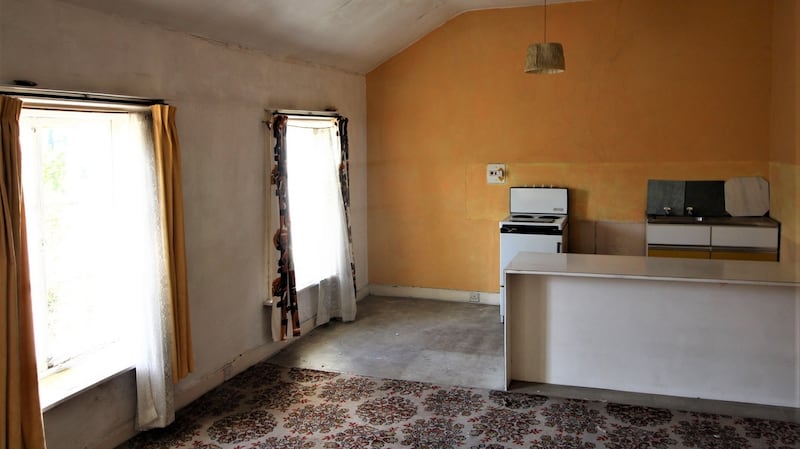
Built in the mid-19th century, 9 Sandford Avenue, Donnybrook, is a wide, four-bedroom, terraced house of about 133sq m. But it needs absolutely everything from heating to rewiring, replumbing, damp proofing, insulation and reconfiguring its layout, says agent Rory Crerar of Herman White. That’s before you price flooring, tiling, bathrooms, a new kitchen and new windows and while he says it will cost anything from €150,000 to €300,000 to renovate, anyone who has received recent building tenders knows that the former is a very optimistic figure, unless you have family members who will do the works for free. That said, the Dublin 4 location, in a quiet cul-de-sac off Marlborough Road, is first class. The garden is east facing.
Scrutinise the budget and all tender costs
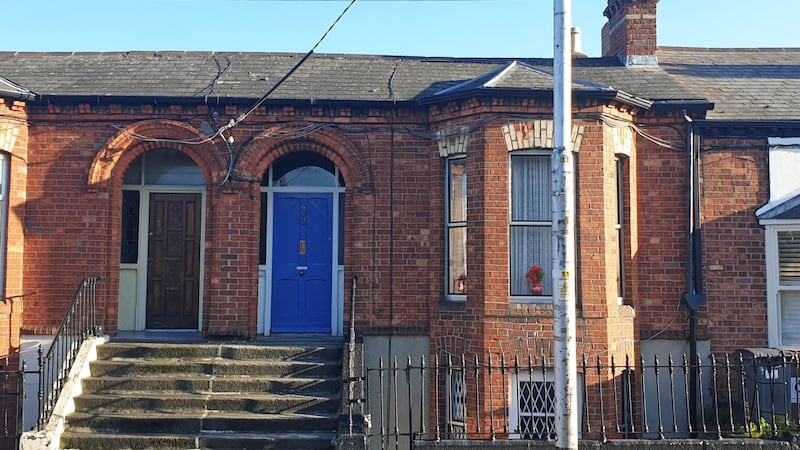
Address: 25 Curzon Street, Dublin 8
Asking: €645,000
Agent: Felicity Fox
Ber rating: D2
Size: 113sq m
Price per sq m before renovation: €5,707
Many clients don't understand the anatomy of a major refurb, says Lisa O'Brien of O'Brien Quantity Surveyors (obqs.ie), who has worked on RTÉ's Room to Improve, breaking the news to architect and presenter Dermot Bannon that he's gone over budget.
“When doing a budget you need to allocate 75 per cent of it to upgrading the structure, its layout and its energy efficiencies,” she says. This leaves only 25 per cent for what O’Brien calls “the niceties”, all the stuff clients send her from their Pinterest searches.
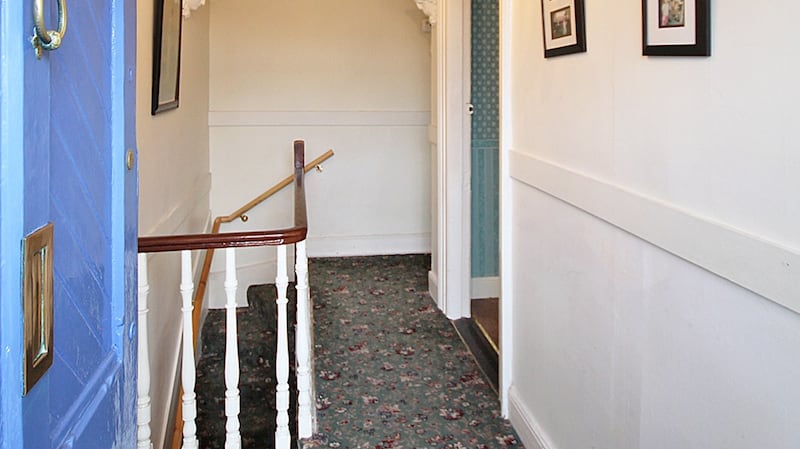
Then you need to consider that most builders’ tenders won’t include VAT and this adds 13.5 per cent to all outlays so be sure to factor it in when totting up the costs. Forensically work through each room in the house and the works that need doing and then when you’ve had it costed, strip out all that you don’t deem necessary to try and make the numbers work. Can you live without a new kitchen and/or bathroom, for example? Get the dirty disruptive works like rewiring, replumbing or installation of a heating system done before you move in. Insulating the exterior is less disruptive than insulating the interior and doesn’t claim inches of floor space but may not be possible on a period redbrick. In those instances you’ll need a breathable render to all external walls, so inside front and back walls only if it’s mid-terrace.
Factor in all measurements
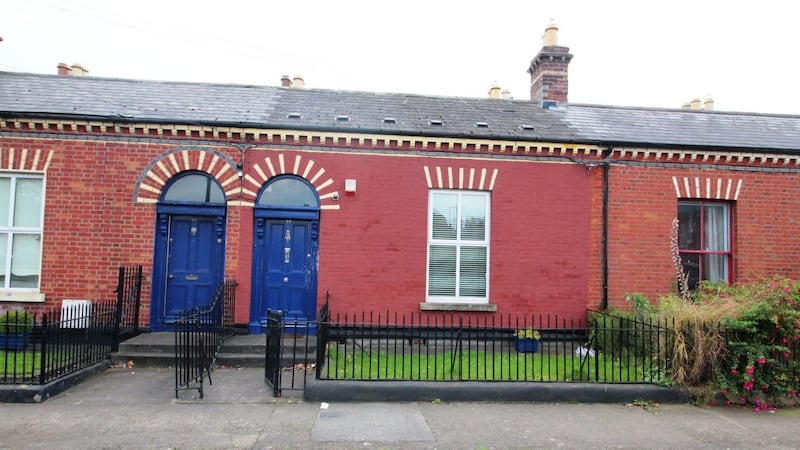
Address: 44 De Courcey Square, Glasnevin, Dublin 9
Asking: €425,000
Agent: GWD
Ber rating: G
Size: 74sq m
Price per sq m before renovation: €5,743
Estate agents are human and do sometimes add measurements incorrectly or input one room with the wrong figures so don’t take any dimensions printed in the brochure as gospel. Do your own due diligence. Invest in a laser measure, which you can buy at any Woodies or Argos, and tot up each room yourself when viewing. Factor in the ceiling heights too as some, especially in villa-style homes, such as this property, can be lowered at entrance level to accommodate an attic conversion above.
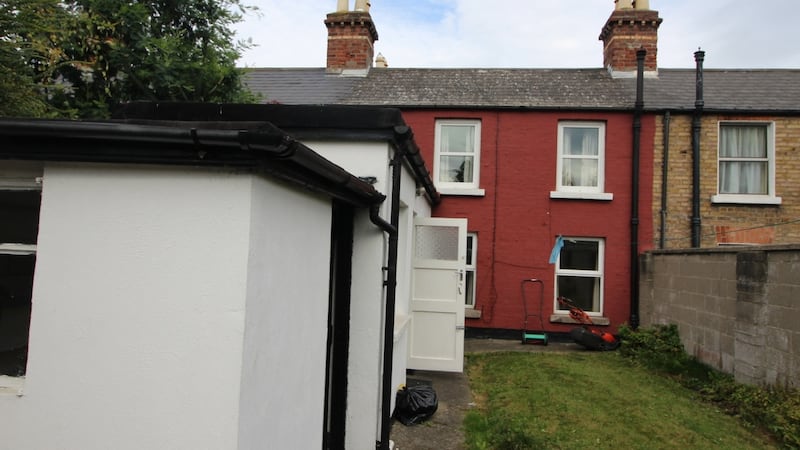
Some neighbouring properties have done this in De Courcey Square, a pretty conservation area in Glasnevin sandwiched between Prospect Avenue and Finglas Road. Number 44 which has just gone sale agreed - is one of the oldest in the neighbourhood and comes with its own key to the square and allotment, which date from the first World War. While the property was recently rewired and had its windows replaced it needs central heating, a new kitchen and bathroom, says agent Brian Caulfield of GWD. He estimates you could get away with investing €25,000 in it to make it habitable; €5,000-€6,000 for a heating system, €7,000-€10,000 for a simple kitchen and another €5,000 to upgrade its one bathroom, but that doesn’t include insulation, which could be applied externally to the back of the house but most likely will require a heritage render to the interior of the front reception room to maintain the decorative details picked out in yellow brick to the front. The figure seems a tad optimistic. The kitchen, dining room and bathroom are all down a set of steps and the former opens out to a south-facing garden. Upstairs there are two bedrooms.
To extend or not to extend?
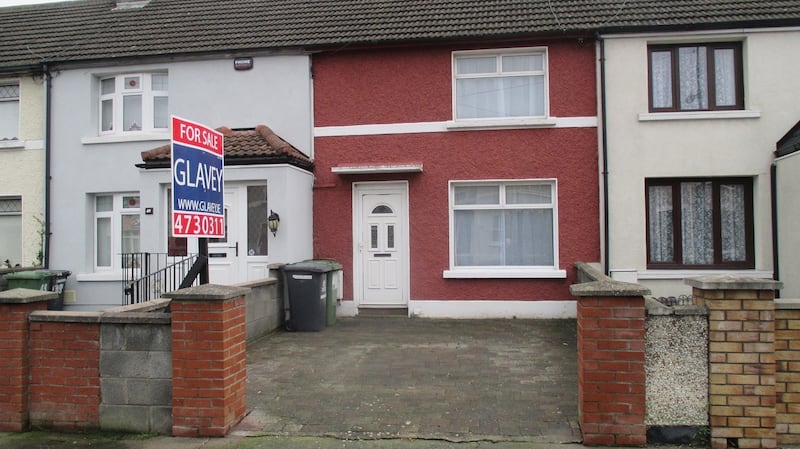
Address: 47 Rafter's Road, Drimnagh, Dublin 12
Asking: €220,000
Agent: Glavey Auctioneers
Ber rating: E2
Size: 60sq m
Price per sq m before renovation: €3,666
Having to apply for planning permission slows down a refurbishment and can cost money especially if you have to pay for a mortgage and rent at the same time. This two-bedroom terraced house in Drimnagh comes to market in its original size. In essence it’s a two-up, two-down with a living room to the front and kitchen to the rear. It has off-street parking and is located near to the Children’s Hospital. As it is, it works for a couple or small family but as it has a 16m-long back garden there’s plenty of space to extend to give a new kitchen and living space. This could be done in phase two. A property can be extended up to 40sq m without applying for planning permission but only if the residence in question hasn’t already been extended. Where you might run into trouble here is when you try to utilise that 40sq m over two storeys to factor in, say, an ensuite bathroom in the master bedroom. On a mid-terrace house such as this you are required to leave a 1m width on either side of the second floor extension which, on a home that is only about 4m wide to begin with really doesn’t make sense as you won’t get a decent bathroom into such a small space vis a vis what it will cost to build a second floor. Instead, what the owners in this house have already done is to hive space from the second bedroom to give a good-size bathroom but the second bedroom is now no more than a study – but would work as a nursery. Agent Vincent Glavey says it will cost about €25,000 to refurbish the existing footprint, to conceal pipework, add insulation and a new kitchen.
Split the costs
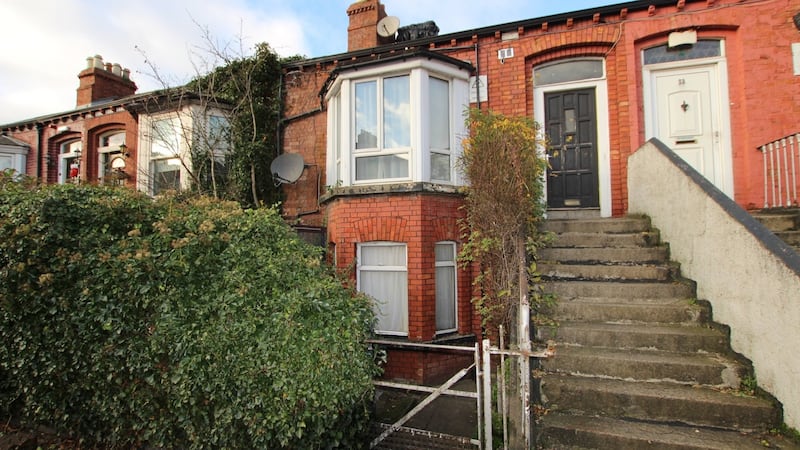
Address: 32 Ballybough Road, Dublin 3
Asking: €600,000
Agent: Lappin
Ber rating: G
Size: 159sq m
Price per sq m before renovation: €3,773
A fixer-upper requires a significant amount of investment and this may deter some buyers. If you buy with friends or family members then the outlays can be divided two, three or four ways. Bigger properties and pre-63s that are already laid out in flats can offer rental income to help with the mortgage and renovation borrowings. Number 32 Ballybough Road is a sizeable pre-’63 property of 159sq m divided into six units, five one-bedroom flats and a studio. The property is two-storey to the front and three to the rear and while west-facing to the back has been heavily extended so there is little outside space. The house has three phase electricity but needs a minimum of €150,000 to €200,000 spent on it, estimates agent Paul Lappin. Ceiling heights at entrance level are over 3m high while upstairs and at garden level they’re lower. An investor spending €200,000 upgrading the flats could see a yield of 12.5 per cent. Another option is to live at hall and first-floor level, open the stairs to garden level and rent the two units there as two rooms, with ensuites, at €700 per room, this would maximize the tax break which allows you to earn €1,400 per month, tax free, if rented on this basis.
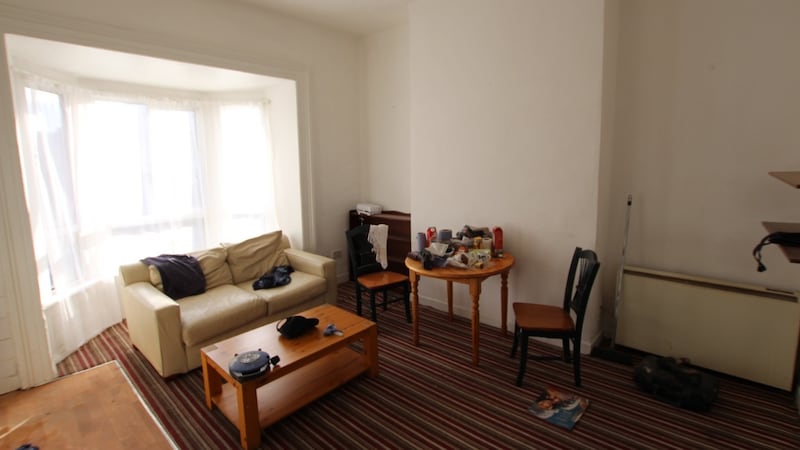
Currently each unit is individually metered and to qualify for this rent-a-room tax break electricity and bills have to be included in the rent paid. "If you take out the meters and/or change the current pre-63 configuration the property will lose its pre-63 status that allows you to rent the units as bedsits," counsels estate agent Paul Lappin. He suggests replacing the individual heating and electrics systems for one system that runs throughout the house should you choose the rent-a-room tax break system but advises checking with Revenue first. The income you receive must not exceed the exemption limit. If it does then you are taxed on the total amount. This tax break can only be claimed by individual taxpayers. See Revenue.ie for more details.
Architect Peter Carroll of A2 Architects bought with two friends on this basis on Aughrim Street, Dublin 7, almost 20 years ago. The trio agreed they wouldn’t sell the property within five years to allow the investment to mature but that if anyone moved out in that period they would have to sub-let their room.
Carroll considers five years is a reasonable timeframe because circumstances change, job opportunities arise, relationships blossom but the secret to its success has an awful lot to do with personality types. It was mortgage broker Pat Keane of Keane Mortgages who eventually secured them a deal but their first port of call was a solicitor, Greg Winters of Gartlan Winters, Dorset Street – getting legal advice is essential, especially for those buying with friends.




















